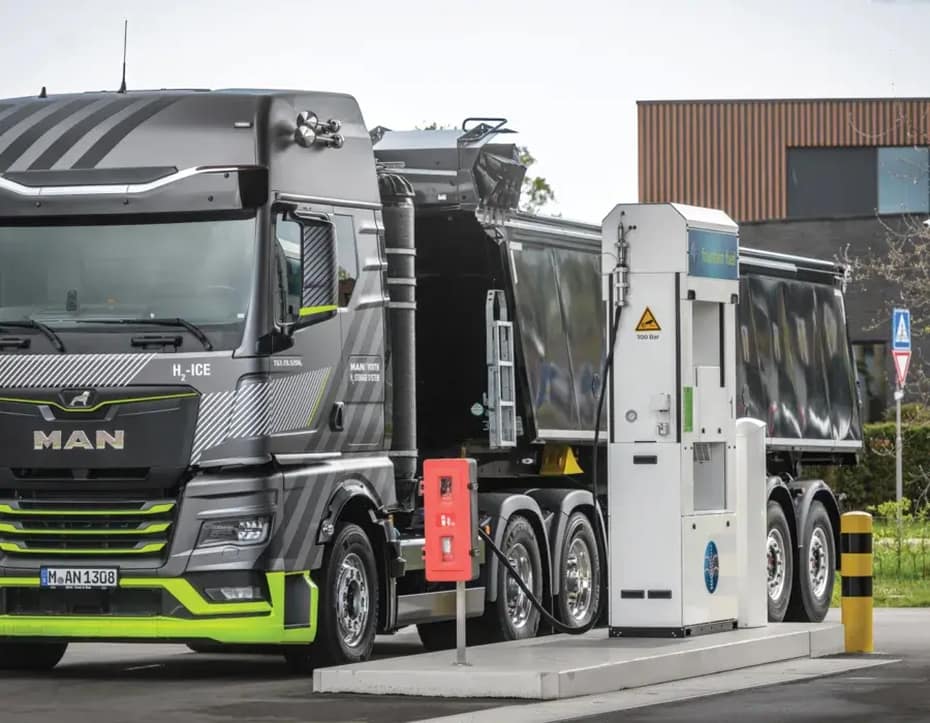Green Hydrogen Projects 2025: The Costly Leap That Might Just Work
Updated 12 Oct 2025

Green hydrogen projects are suddenly everywhere — or, more precisely, green ammonia projects.
Hyphen’s Namibian plant just entered FEED. Saudi Arabia’s Yanbu development is surging ahead.
For the first time, a global clean-molecule export economy feels like something we might actually bolt to the ground.
But let’s be clear: this story isn’t really about hydrogen.
Hydrogen is the molecule everyone loves to debate — too costly, too leaky, too inefficient. It’s the Betamax of the energy transition.
Yet it remains one of the only viable ways to decarbonise steel, shipping and fertilisers.
So we keep coming back to it, bruises and all.
There’s one catch: hydrogen is a pain to move. It’s light, volatile, needs cooling to −253 °C, and embrittles metal over time.
That’s why most large export ventures — from NEOM to Namibia — are converting it into ammonia.
Ammonia is easier to store, easier to ship, and fits existing infrastructure. It’s the cheapest way to move green energy across oceans.
You can’t burn ammonia in a fuel cell or inject it into a gas grid. In most uses it must be turned back into hydrogen — a “cracking” process that adds roughly $1.00–$1.50 per kg and wastes 10–30 % of the energy.
Add shipping, conversion losses and terminal fees, and that “cheap” hydrogen quickly loses its shine.
Even Air Products’ $6.5 billion offtake deal at NEOM sparked a shareholder revolt.
Because unless carbon prices or subsidies climb dramatically, the math still hurts.
And yet… projects keep advancing.
Why?
Because someone has to.
This is the startup stage of the energy transition: the tech is awkward, margins awful, investors restless — but you build anyway because the market will come.
Startups normally take these risks, but they don’t build $10 billion plants.
Corporates could, yet many are paralysed by quarterly targets and activist scrutiny.
That leaves governments, state developers and sovereign funds — the only actors with both the capital and the patience to bet on a decades-long shift.
The Cost of Waiting
Critics are right: some capacity will be idle, some terminals stranded, and many spreadsheets optimistic.
But what’s the alternative? Wait for perfect economics, global hydrogen standards and universal pipelines?
We’ve already waited 30 years.
Climate change isn’t waiting.
If green hydrogen is to play its part — and it must — then we need infrastructure, molecules, and early movers willing to take the pain upfront.
Build It and They Might Come
This is uncomfortable territory: billions spent on assets that might be under-utilised, betting on policy that might shift.
But it also lays the foundation for something far greater — a global trade in clean ammonia powering zero-carbon steel, shipping and fertiliser production.
These early projects won’t all succeed, but without them, there’s no market to improve.
We’re still in the opening act of the hydrogen story.
If we only build when the numbers are perfect, we’ll never build at all.
Here’s to the early movers — the risk-takers writing the business case at 3 a.m., the ones lighting the stage before the audience shows up.
Related Field Notes:
Green Steel 2025 — 5 Challenges and the Bold Roadmap ·
Hydrogen Internal Combustion Engine Guide 2025



Pingback: Hydrogen Industry 2025: Reshaping Hype into a Hard Reality Check